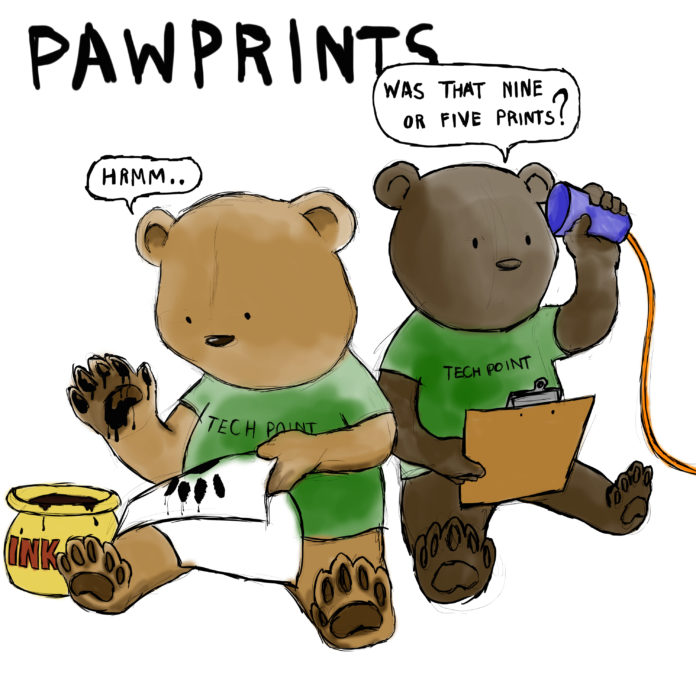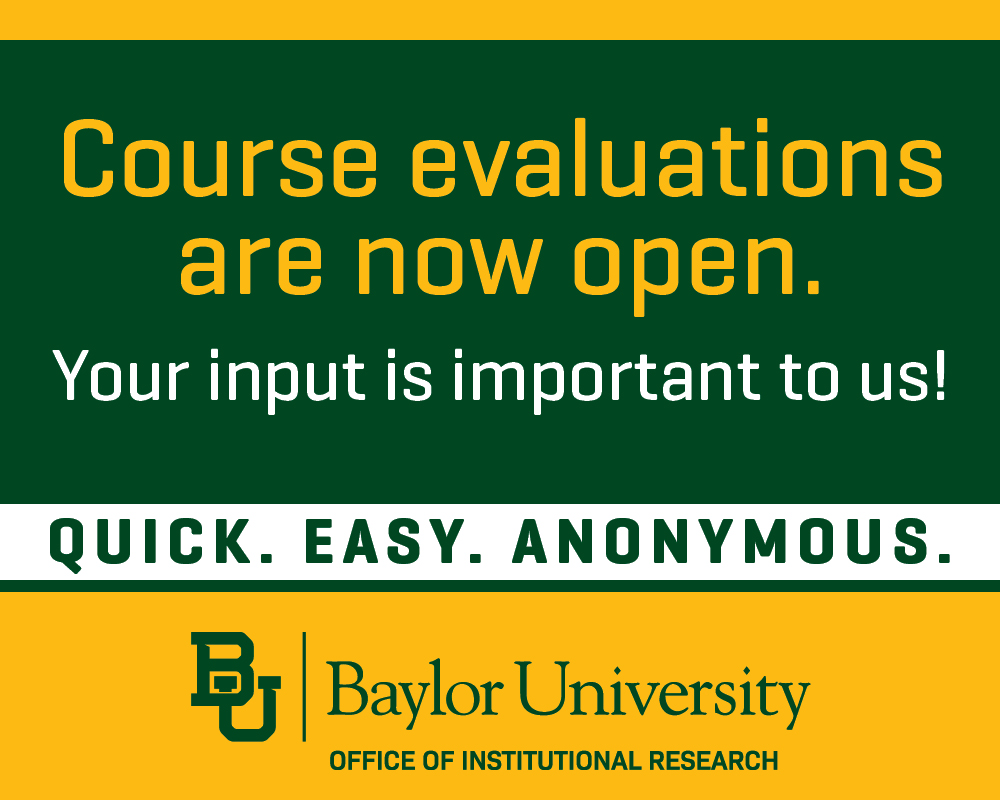Of the many tools Baylor provides its students, PawPrints is one of the technologies we depend on most. Those who don’t have personal printers or need to print while on campus are able to use Wi-Fi to print to any public printers on campus. This helpful tool is meant to be accessible for all students but currently gives preference to specific majors.
The policies listed on the PawPrints webpage list the allowances for students. Undergraduate students receive 400 pages per semester, while graduate students receive 600 pages. The larger amount for grad students is due to the need to print in-depth papers and readings that are required for their programs.
There are specific undergraduate majors who are allotted more printing as well, specifically business majors. They are charged an extra fee of 25 dollars to have 21 dollars more in PawPrints than the average student, as well as access to certain computer labs. That option is not available to other students. Those who go over their printing amount must pay for each page, dollar for dollar, while business majors have a cheaper deal by purchasing more printing dollars in bulk. All majors should have the option to purchase an extra amount of PawPrints for less than the dollar amount, especially those with heavy printing needs, such as education, history and science.
If there are not viable options for more fair printing, the departments that determine their students need more printing dollars should portion more of their budget toward printing, or more earth-friendly readings and assignments via computer readable PDFs.
Aside from printing equality, PawPrints could use a few updates. The online and installed PawPrints do not show when a printer is out of order or is severely backed up. You can often find students lined up behind a printer, staring blankly at each other as one person attempts to unjam a printer they have no knowledge of how to use. If a virtual alert or block was put on the printer until it becomes usable again, printing would be less stressful. Additionally, that could potentially allow for technology supervisors to know when printers have stopped working, instead of requiring someone to call or alert them in person.
Another issue with the printing system is that there is no way to recall a document that is stuck in a long queue or is lost in cyberspace until a printer gets back up and running. Not only can the information being printed have sensitive information on it, the money is also gone after you press print, regardless of whether the printer is working. Many times, the machine will print the paper once it begins to work again, and many times students have already moved on to a working machine or to their next class, only to have their information sitting in a tray where they originally tried to print.
PawPrints is not something that students tend to take for granted, but the system could use a little bit more attention and some updates to have it be the useful tool it is meant to be. Equality in printing prices, updated interfaces and some printer TLC could go a long way for the beloved PawPrints system.






